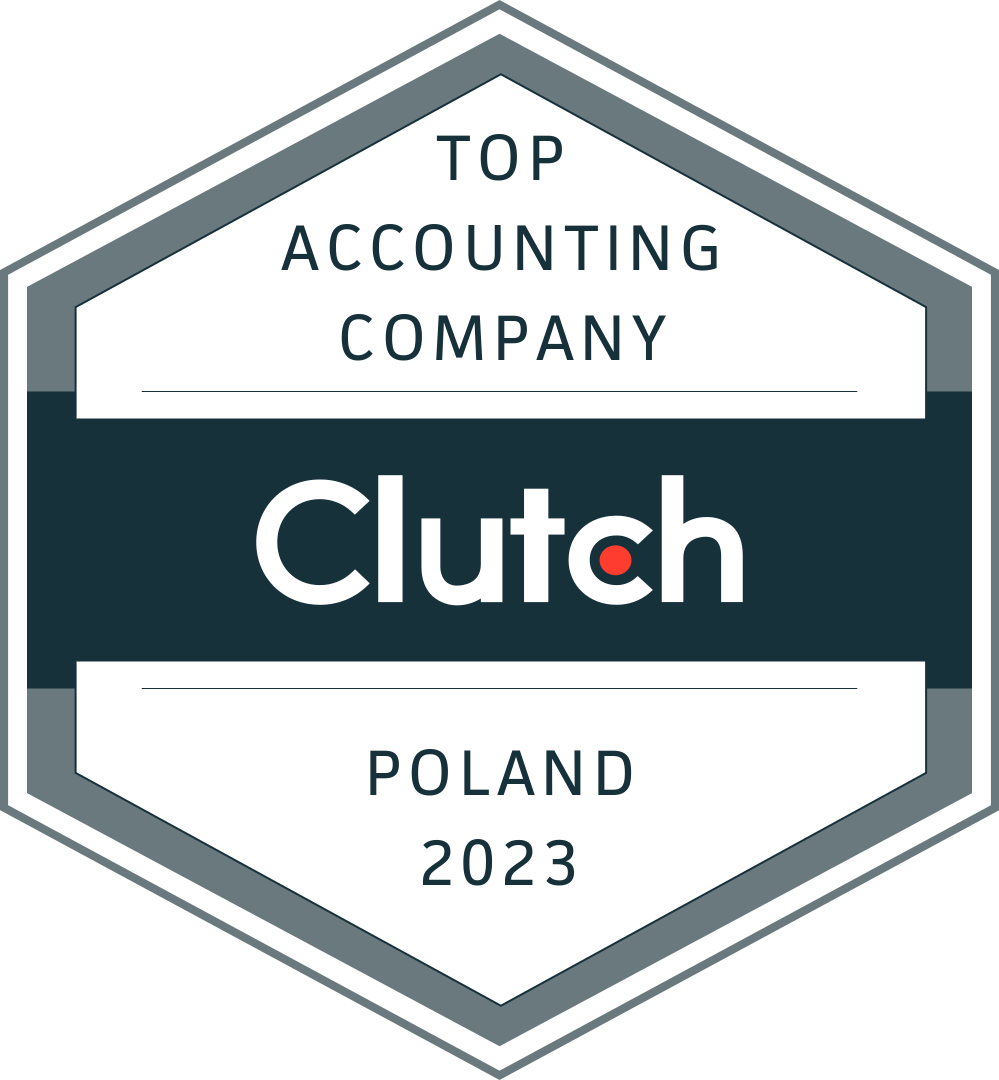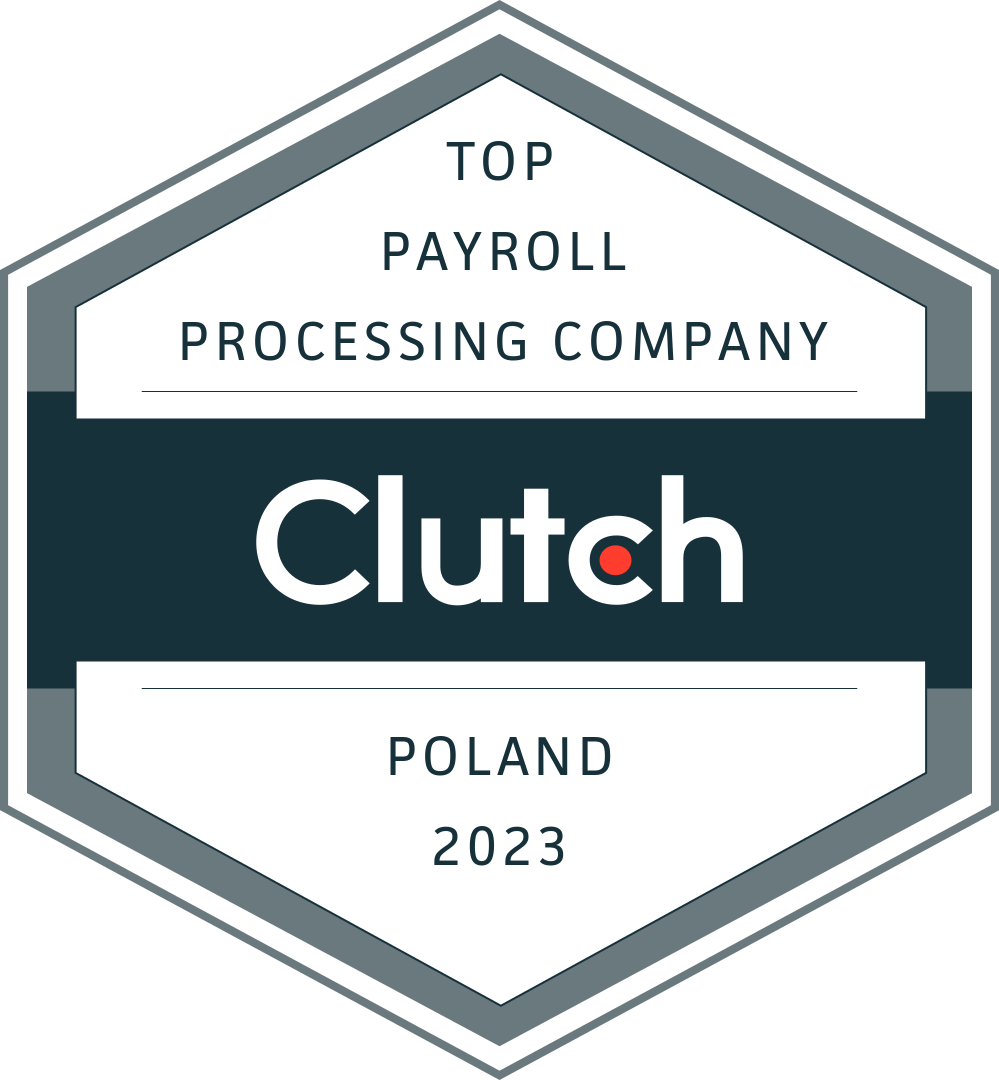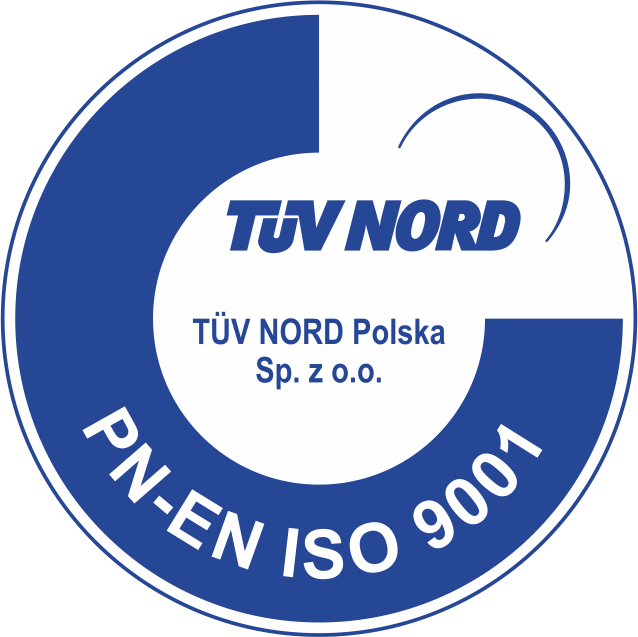Ad-hoc reporting is a model of business intelligence (BI) in which reports are built and distributed by nontechnical end-users. In other words, with ad-hoc reporting, all the technical user does is set up the BI solution, connect it to the data-sources, establish security parameters and determine which objects end-users can see. From that point on, the actual reports are created by business end-users.
Ad-hoc is Latin for “as the occasion requires.” This means that with this BI model, users can use their reporting and analysis solution to answer their business questions “as the occasion requires,” without having to request queries from IT. Naturally, ad-hoc reports can be and look as simple as a one page data table or as complex and rich as interactive tabular or cross-tab reports with drill-down and visualization features–or present themselves in the form of dashboards, heat map, or other more advanced forms.
This depends in large part on a) the type of ad-hoc solution employed, b) the needs of the end-user and c) the user’s confidence with the solution.
Ad-hoc reporting stands in contrast with managed reporting, in which it is the technical user–the report developer–who creates and distributes the report.
The Goal of Ad-hoc Reporting
Ad-hoc reporting’s goal is to empower end-users to ask their own questions of company data, without burdening IT with the task of creating a myriad of reports to serve different functions and purposes. Ad-hoc reporting therefore makes the most sense when a large number of end-users need to see, understand, and act on data more or less independently, while still being on the same page as far as which set of numbers they look at.
For example, a company with a large outside-sales force would be the perfect fit for ad-hoc reporting. Each sales rep can set up his own report for his territory, showing performance against sales goals, orders taken, number of visits to each client, etc., in a format that makes the most sense to him. And just as importantly, the numbers used are pulled from the same data sources as the rest of the company, thereby promoting consistency and minimizing surprises at the end of the quarter.
A good-quality, Web-based ad-hoc reporting solution greatly enhances the benefits of the ad-hoc reporting model for the company adopting it.
The Benefits of Web-based Ad-hoc Reporting
- Get critical information to the right people at the right time – Self-service results plus automatic scheduling/delivery of information let you facilitate timely decision making. Users get the information they need when they need it to answer critical, real-time questions;
- Flexibility for constantly changing environments – Business needs evolve. Answers to changing business questions become more critical. It’s impossible to predict what questions and answers users may need in the future;
- Saves training costs and time – Streamlines users’ access to critical information. Easy-to-use wizards allow users to get up and running quickly, requiring less time to learn the application and providing clear guidance and saving time to build reports;
- Encourages collaboration and information sharing – Users can easily create, organize, publish and make reports available to other users via the Web for on-demand viewing;
- Reduces IT workload – The Web-based reporting application itself can be deployed quickly for widespread availability to end-users. Once deployed, it empowers users to build the reports themselves anytime they need the information. No waiting for IT report developers to build them.
What to Look For in a Good Ad-hoc Reporting Solution
A good ad-hoc reporting solution should–like all BI applications–be squarely aimed at the achievement of the company’s strategy. The key here is to identify what each end-user’s strategic function is within the organization, and ensure that the ad-hoc reporting solution is optimized to make that function easier and more effective, while not offsetting benefits by being too costly.
To do so, a good reporting solution will offer the following characteristics:
- Being easy to use. If it is or even appears to be complicated, many end-users will be turned off and will therefore fail to adopt it. For this reason, some of the better ad-hoc reporting solutions available today offer a basic set of intuitive features that are wizard-driven and will look easy even to the proverbial “non-computer person,” while also offering more advanced sets of tools for the user who feels confident;
- Being robust. Assuming that adoption is not an issue (see previous point), the ad-hoc solution should offer end-users what they need to see, understand and act upon their data. Far from being a more hi-tech version of Excel, it should offer interactive features like ad-hoc dashboards, drill-down and drill-through, advanced sorting and filtering, rich visualization tools like heat maps, charts and graphs, etc.;
- Being Web-based. For it to be truly useful, a BI solution (including ad-hoc reporting) should run on the Internet. Apart from offering the familiar navigability to which we are all used, a Web-based solution is available from virtually anywhere and on any device sporting Internet connection. Another benefit of a Web-based ad-hoc solution is that the system administrator won’t have to set it up individually on every user’s machine: installing it on the server is enough, and all the users need to access it is a simple URL;
- Being easy to set up. Today’s better Web-based ad-hoc reporting solutions are data-source neutral, meaning that they can connect practically out of the box to most of today’s commonly-used data-sources, including databases, Web-services, flat files, etc. This saves the IT department the burden of creating complex metadata structures as the underlying layer, which is time-consuming, cumbersome and expensive;
- Having a server-based licensing with no per-user fees. If the benefit of ad-hoc reporting is that of empowering end-users, it should not come with a “user-tax” in the form of per-seat licensing.















